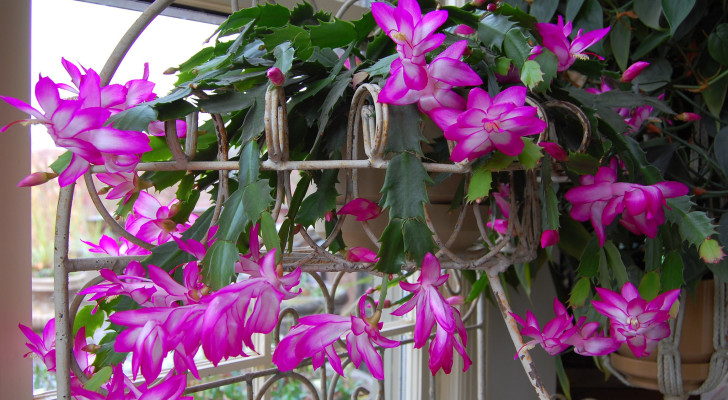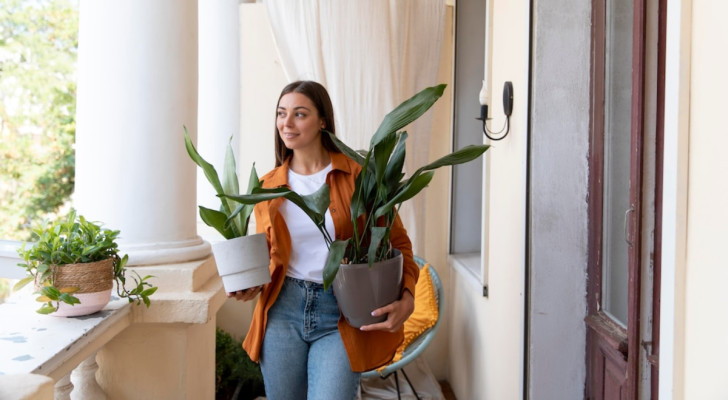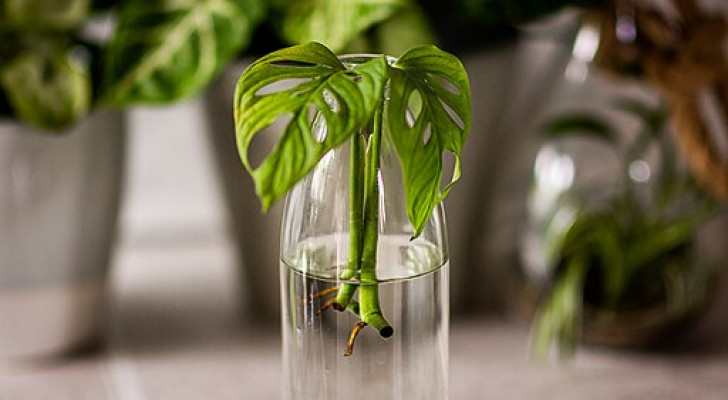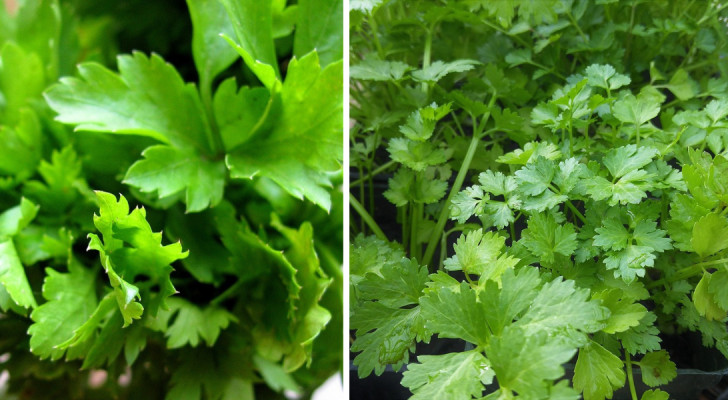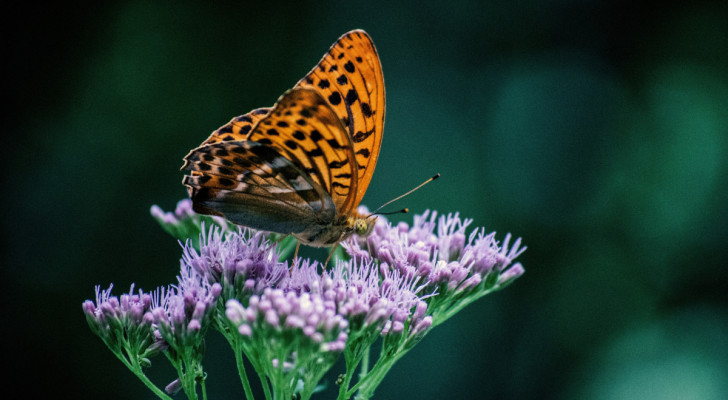Watering plants in the fall: a guide to preparing them for the winter
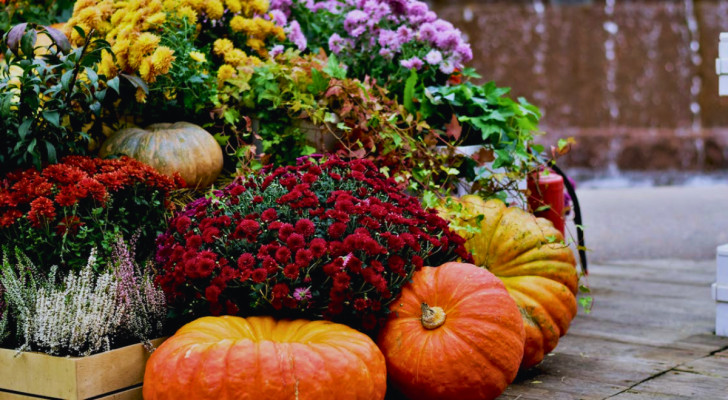
Milan Gavrilovic/Pexels
In the fall, your garden doesn't "go to sleep"... in fact, there is still a lot to do before winter arrives and to prep it for spring. And watering your plants remains an important chore, even if you do it less frequently than in the summer.
But how much less? How often should you water your plants?
Of course, you'll need to step in if it doesn't rain enough, you have young plants and/or you have plants that you keep/move indoors. Given this, here are some useful tips to manage your plants during fall and winter:
Perennials, shrubs and young trees
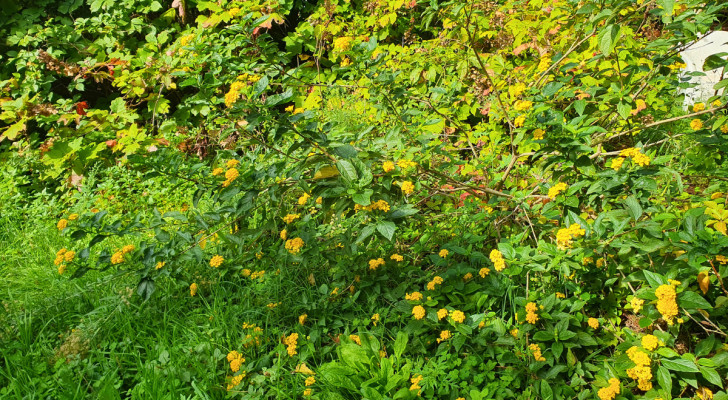
Creativo
If you have perennials that you planted in the open ground in early spring and/or are just a few years old, check on them once a week to see if they need watering. And if you're getting sufficient precipitation locally, you can reduce watering them to once every three weeks.
The same applies to young shrubs or trees: check on them as it gets colder, ensuring that they are adapting to the change in temperatures. Where this is the case, you can also reduce how frequently you water them.
Newly-planted perennials
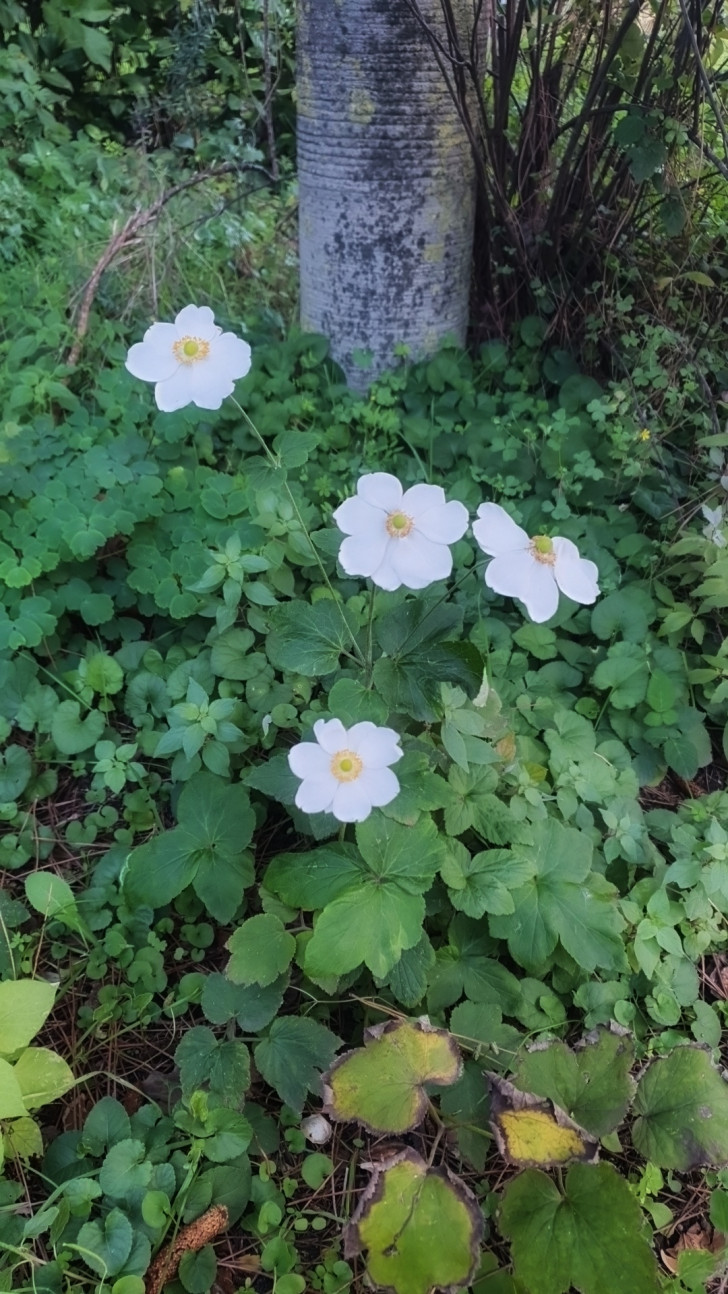
Creativo
If, however, you have young perennials which have been planted recently (ie. in late summer), you should water them once every 5-7 days during the fall. When winter sets in, water them every 10-14 days.
The same applies to any of your perennials which are sheltered from the rain.
Annuals and potted plants
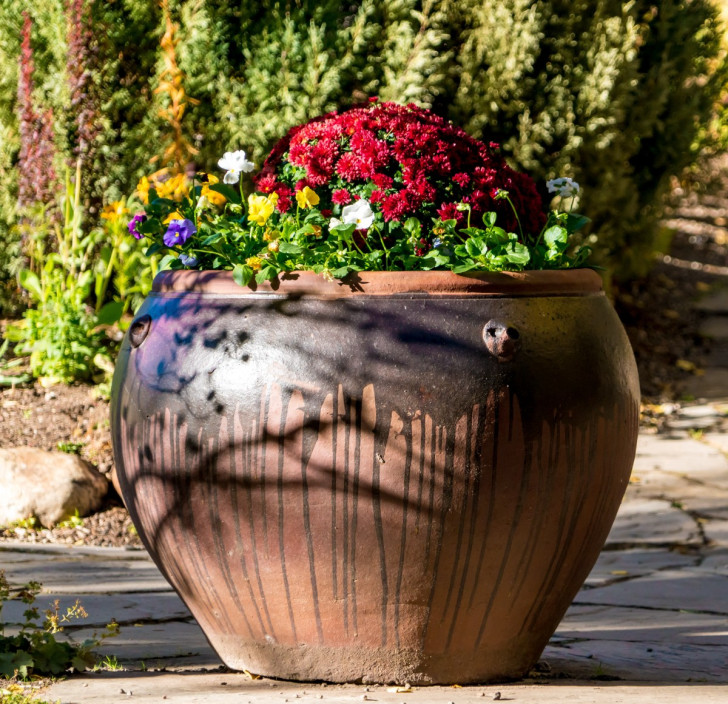
Pxhere
If you have annual plants in your garden and/or plants in outdoors pots, you should water them every 4-6 days while the weather remains warm and sunny. As it get colder and inclement weather sets in, the rain that falls will reduce your need to water these plants yourself.
When watering annuals and potted plants, it is best to give them only a light, superficial watering in order to reduce the risk of them developing root rot. However, if you notice that leaves are wilting, this probably means you are not providing enough water to the plants.
NOTE: many potted plants will probably have to be brought indoors or put into a greenhouse to be protected from harsh fall/winter conditions.
Other useful tips
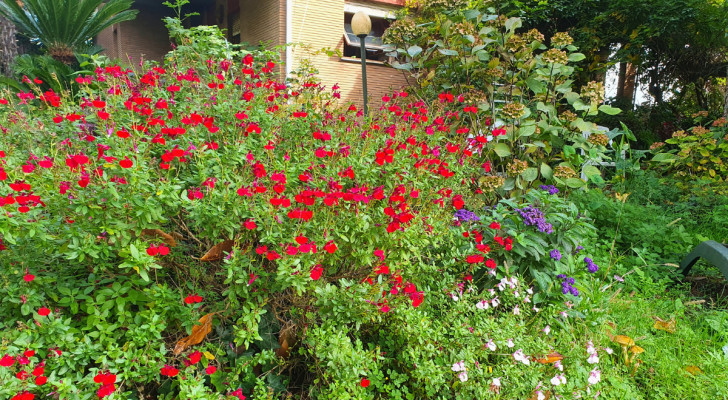
Creativo
- Protect the soil around your plants with mulch in order for it to retain moisture and to better ward off the cold;
- Suspend all watering when it rains: remember to turn off or change the frequency of any automatic irrigation systems you have;
- Water your plants as described above only until the first frosts arrive;
- Stop watering when the soil becomes too hard to work: this "sign" indicates that the cold and frosts are about to arrive and watering will no longer be necessary.
By following the above tips, your plants should be fit and healthy when spring rolls around!
